85X85J Sony 85 Inch X85J HDR 4K UHD Smart Android LED TV KD85X85J 2021 Model
KSh 260,000.00
Key Features
- 4K HDR PROCESSOR X1™ – Powerful TV processing that delivers a picture that is smooth and clear, full of rich colours and detailed contrast.
- TRILUMINOS PRO™ – Reproduces more colours than a conventional TV resulting in picture quality that is natural and precise, and closer than ever to real life.
- GOOGLE TV™ – See 700,000+ movies and TV episodes, plus live TV, all in one place. Google TV brings your favorite content from across your apps and subscriptions and organizes them just for you. Watch content from Netflix, Amazon Prime Video, Disney+, YouTube, the Apple TV app, and many more.1
- 4K X-REALITY PRO™ – Our unique 4K database upscales all the HD content you love to near-4K resolution bringing back real-world detail and texture.3
- HIGH DYNAMIC RANGE (HDR) & DOLBY Vision™ – Enjoy immersive and engaging cinematic content as the creator intended with HDR4 and Dolby Vision5.
- GOOGLE ASSISTANT – Use your voice to easily find your favourite movies, shows, and music. Get answers on screen, control smart home devices, and more.
Why you should order this product from us ?
– instant Dispatch from our Nairobi Store.
-Easy 7 Days Return Policy Apply.
-Get Warranty Guarantee on all our Products .
-Same day delivery within Nairobi Metropolitan, Next Day outside .
-Pay after we deliver the product to you Countrywide
85X85J Sony 85 Inch X85J
Product Description
85X85J Sony 85 InchPrice in Kenya is ksh 260,000/=.Get Sony 75 inch X85J in 1-2 hours for Nairobi,Next-Day Countrywide.You will be able to enjoy uncomparable 4k clarity on the 85X85J Sony 85 Inch as it incorporates Sony’s Motionflow XR 960 technology which digitally enhances fast-moving images to reduce blur.Your overall user experience is enhanced and better with the latest features such as Google TV,google chromcast,Google assistant, Apple AirPlay and Android OS.You will do less typing as this Latest piece of technology supports Voice search:you can give commands to tv with your voice.
85X85J Sony 85 Inch Features
4K UHD 3840 x 2160 LED Display
HDR10, HLG & Dolby Vision Compatibility
Motionflow XR 240 Technology
Connect to internet via WI-FI/LAN
Uses Android Operating System
Access the Google Play Store & thousands of Apps
Apple AirPlay & Chromecast built-in
Works with the Google Assistant
4 HDMI Ports and 2 USB Ports
Dolby Atmos, DTS Digital Surround
85X85J Sony 85 Inch X85J is also available as the X89J in some regions. We expect our results to be valid for it as well; the only difference is that the X89J has an adjustable stand.
| Size | Model Number | Alternate Model |
|---|---|---|
| 43″ | KD-43X85J | KD-43X89J |
| 50″ | KD-50X85J | KD-50X89J |
| 55″ | KD-55X85J | KD-55X89J |
| 65″ | KD-65X85J | KD-65X89J |
| 75″ | KD-75X85J | KD-75X89J |
| 85″ | KD-85X85J | KD-85X89J |
If you come across a different type of panel or your Sony X85J doesn’t correspond to our review, let us know, and we’ll update the review. Note that some tests, like the gray uniformity, may vary between individual units.
Our unit was manufactured in April 2021; you can see the label here.
Video
Test Results

The Sony X85J has a nice but simple design. It doesn’t look as premium as the Sony X90J, and it’s mainly plastic, but it looks nice in most decors. The inputs face to the side, which is nice, especially if you wall-mount it.
The stand is nearly identical to the one on the Sony X90J, and it supports the TV well, but there’s a bit of wobble. Unfortunately, like the X90J, the feet aren’t adjustable, but there’s an alternate model known as the X89J that has two stand positions. The 43 inch and 50 inch models appear to have a different stand design, and the feet are closer to the center of the screen.
Footprint of the 55 inch stand: 41.9″ x 13.3″.
The back of the TV is nearly identical to the Sony X90J. It has a grid-like pattern across most of the back panel, but unlike the X90J, there’s no brushed aluminum square in the middle. There’s a clip on each leg for cable management. Although pretty basic, it can help to keep the back of your TV neat.
Due to the direct-lit backlight, this TV is a bit thicker than edge-lit TVs, like the Samsung Q60/Q60A QLED.
7.5Build Quality
The Sony X85J has good build quality. It’s entirely plastic, and there’s some noticeable flex on the back panel, especially near the VESA mount and around the bottom edge. There’s also a bit of concerning pull around the border. The TV leans a bit, but this isn’t noticeable from the front at all. The stand supports the TV well overall, but there’s a bit of wobble.
9.2Contrast
Native Contrast
6,308 : 1
Contrast with local dimming
N/A
The Sony X85J has fantastic contrast, so blacks look black in a dark room. The native contrast of this TV without local dimming is similar to the Sony X90J’s contrast with local dimming, but this varies between units.
Note: We’ve seen some reports that the 43 inch model has an IPS panel in some regions. If this is the case, we expect it to have much lower contrast but better viewing angles.
8.4SDR Brightness
Real Scene Peak Brightness
506 cd/m²
Peak 2% Window
518 cd/m²
Peak 10% Window
528 cd/m²
Peak 25% Window
527 cd/m²
Peak 50% Window
526 cd/m²
Peak 100% Window
526 cd/m²
Sustained 2% Window
518 cd/m²
Sustained 10% Window
528 cd/m²
Sustained 25% Window
527 cd/m²
Sustained 50% Window
526 cd/m²
Sustained 100% Window
526 cd/m²
Automatic Brightness Limiting (ABL)
0.001
This TV has great peak brightness in SDR. It’s about as bright as the Sony X90J, but not as bright as the Hisense U8G. There’s no noticeable variation in peak brightness with different content, which is great.
We measured the SDR brightness after calibration in the ‘Custom’ Picture Mode, with Brightness at max, Contrast at ’90’, and Color Tone set to ‘Expert 1’.
If you want a slightly brighter image, the ‘Vivid’ Picture Mode with Contrast at ‘Max’ results in a slightly brighter image, but this mode is less accurate.
0Local Dimming
Local Dimming
No
Backlight
Direct
Although the Sony X85J uses a direct-lit backlight similar to the Sony X90J, there’s no local dimming feature. The video is for reference only, so you can see how the local dimming feature on other displays compares to one without local dimming. If you prefer something with local dimming, then look into the TCL 5 Series/S546 2021 QLED.
0Local Dimming In Game Mode
Local Dimming
No
Backlight
Direct
Unlike the Sony X90J, this TV doesn’t have a local dimming feature. The video is for reference only, so you can see how the local dimming feature on other displays compares to one without local dimming.
7.7HDR Brightness
Hallway Lights (~1950 cd/m²)
457 cd/m²
Yellow Skyscraper (~700 cd/m²)
443 cd/m²
Landscape Pool (~300 cd/m²)
229 cd/m²
Peak 2% Window
557 cd/m²
Peak 10% Window
563 cd/m²
Peak 25% Window
563 cd/m²
Peak 50% Window
563 cd/m²
Peak 100% Window
563 cd/m²
Sustained 2% Window
557 cd/m²
Sustained 10% Window
563 cd/m²
Sustained 25% Window
563 cd/m²
Sustained 50% Window
563 cd/m²
Sustained 100% Window
563 cd/m²
Automatic Brightness Limiting (ABL)
0.001
The Sony X85J has decent peak brightness in HDR. It’s bright enough to deliver an impact HDR experience with most content, but small highlights aren’t bright enough to stand out the way the director intended.
Unfortunately, the TV doesn’t follow the EOTF curve properly, as most scenes are brighter than they’re supposed to be. It’s not as bad as the Hisense U8G, but it’s not ideal if you care about an accurate image. It also cuts off sharply at the TV’s peak brightness, resulting in a loss of fine details in bright scenes.
If you want to make HDR content brighter and don’t mind losing image accuracy, change to the ‘Vivid’ Picture Mode, and set Contrast to ‘Max’. These settings result in a much brighter image, as you can see in this EOTF plot.
We measured the HDR brightness in the ‘Custom’ Picture Mode, before calibrating the TV, with Brightness at max, Contrast at ’90’, and Color Tone set to ‘Expert 2’.
7.7HDR Brightness In Game Mode
Hallway Lights (~1950 cd/m²)
460 cd/m²
Yellow Skyscraper (~700 cd/m²)
454 cd/m²
Landscape Pool (~300 cd/m²)
229 cd/m²
Peak 2% Window
563 cd/m²
Peak 10% Window
569 cd/m²
Peak 25% Window
568 cd/m²
Peak 50% Window
568 cd/m²
Peak 100% Window
567 cd/m²
Sustained 2% Window
563 cd/m²
Sustained 10% Window
569 cd/m²
Sustained 25% Window
568 cd/m²
Sustained 50% Window
568 cd/m²
Sustained 100% Window
567 cd/m²
Automatic Brightness Limiting (ABL)
0.001
The brightness in ‘Game Mode’ is identical to the ‘Custom’ Picture Mode. The TV still doesn’t follow the EOTF properly, but this isn’t as much of an issue, as most games have an option to adjust the HDR brightness.
8.0PQ EOTF Tracking
8.7Gradient
Color Depth
10 Bit
Red (Std. Dev.)
0.082
Green (Std. Dev.)
0.109
Blue (Std. Dev.)
0.077
Gray (Std. Dev.)
0.089
The Sony X85J has excellent gradient handling. There’s some banding in darker shades, especially greens, but it’s not very noticeable with most content. It has a less powerful image processor than the Sony X90J, and it doesn’t have a smooth gradation feature or other options to remove banding.
7.9Gray Uniformity
50% Std. Dev.
3.165%
50% DSE
0.151%
5% Std. Dev.
0.856%
5% DSE
0.106%
The Sony X85J has very good gray uniformity, but this can vary between individual units. The sides of the screen are a bit darker than the center, but there’s very little dirty screen effect, great for sports fans. Near-dark scenes look even better, with no noticeable issues at all.
8.6Black Uniformity
Native Std. Dev.
0.742%
Std. Dev. w/ L.D.
N/A
The unit we tested has excellent black uniformity, but this can vary between units. There’s a bit of cloudiness in the screen, which you can’t reduce as there’s no local dimming, but this isn’t very noticeable in most content.
5.5Viewing Angle
Color Washout
29°
Color Shift
36°
Brightness Loss
37°
Black Level Raise
10°
Gamma Shift
16°
Unfortunately, as expected of a VA-type panel, the Sony X85J’s viewing angles are disappointing. Colors stay accurate to a wider angle than the Hisense U8G, but dark shades look washed out at a narrow angle. A TV with an IPS-type panel, like the LG NANO90 2021, is a better choice for a wide seating arrangement.
Note: We’ve seen some reports that the 43 inch model has an IPS panel in some regions. If this is the case, we expect it to have much better viewing angles but worse contrast.
7.1Reflections
Screen Finish
Semi-gloss
Total Reflections
5.7%
Indirect Reflections
0.7%
Calculated Direct Reflections
5.1%
The Sony X85J has decent reflection handling. The semi-gloss finish reduces the intensity of direct reflections a bit without smearing them across the screen. Bright lights can still be distracting, but overall we don’t expect visibility to be an issue in most environments.
9.0Pre Calibration
White Balance dE
1.06
Color dE
1.72
Gamma
2.21
Color Temperature
6,614 K
Picture Mode
Custom
Color Temp Setting
Expert 1
Gamma Setting
0
Out of the box, the Sony X85J is remarkably accurate. Gamma is very close to our target of 2.2, and the white balance is nearly perfect. There are some inaccurate colors, especially highly saturated blues, but they’re close enough to the targets that we don’t expect most people to notice them. Note that the exact accuracy out of the box can vary between units.
9.4Post Calibration
White Balance dE
0.31
Color dE
1.45
Gamma
2.20
Color Temperature
6,512 K
White Balance Calibration
10 point
Color Calibration
No
Calibration improved the white balance and gamma to near perfection, but as there’s no color calibration on this TV, we weren’t able to correct any of the color issues.
You can see our recommended settings here.
8.0720p Input
720p content, including most cable TV stations, is upscaled well by the Sony X85J, with no noticeable issues.
08k Input
This is a 4k TV that won’t accept an 8k signal.
Pixels
Subpixel Layout
BGR
Sub-Type
VA
Like most TVs on the market, the Sony X85J uses a BGR (Blue-Green-Red) subpixel layout instead of the traditional Red-Green-Blue layout. For video content, this doesn’t cause any issues, but it causes text clarity issues with some programs when used as a PC monitor. You can read more about this here.
8.1Color Gamut
Wide Color Gamut
Yes
DCI P3 xy
89.95%
DCI P3 uv
95.33%
Rec 2020 xy
65.89%
Rec 2020 uv
72.14%
The Sony X85J has a great color gamut. It can display nearly the entire DCI P3 color space used by most current HDR content, but it falls short on highly saturated greens, although this won’t be very noticeable with most content. It also has okay coverage of the wider Rec. 2020 color space, but it’s not as good as the Hisense U8G.
The X85J we tested displays a wider color gamut than the Sony X90J, which is unexpected. This can vary between units, though, and the difference isn’t very noticeable. We found that the X90J has better tone mapping, and in person, with real content, the X90J looks better.
7.6Color Volume
1,000 cd/m² DCI P3 Coverage ITP
68.2%
10,000 cd/m² Rec 2020 Coverage ITP
31.0%
White Luminance
564 cd/m²
Red Luminance
119 cd/m²
Green Luminance
371 cd/m²
Blue Luminance
48 cd/m²
Cyan Luminance
412 cd/m²
Magenta Luminance
165 cd/m²
Yellow Luminance
508 cd/m²
The Sony X85J has decent color volume. It’s limited by the incomplete color gamut and, like most LCDs on the market, blues aren’t as bright as other colors. Thanks to the high contrast ratio, this TV can display dark, saturated colors well, but not as well as the Hisense U8G.
10Temporary Image Retention
IR after 0 min recovery
0.00%
IR after 2 min recovery
0.00%
IR after 4 min recovery
0.00%
IR after 6 min recovery
0.00%
IR after 8 min recovery
0.00%
IR after 10 min recovery
0.00%
There are no signs of temporary image retention on our unit, but this can vary.
10Permanent Burn-In Risk
Permanent Burn-In Risk
No
We don’t expect VA panels to experience permanent image retention, as the VA panel in our long-term test appears immune.
8.2Response Time
80% Response Time
4.0 ms
100% Response Time
11.7 ms
The Sony X85J has a great response time, resulting in very clear motion, with negligible blur behind fast-moving objects. Transitions in dark scenes look better than most VA panels, but there’s still some black smearing behind dark objects. There’s very little overshoot in any transition.
10Flicker-Free
Flicker-Free
Yes
PWM Dimming Frequency
0 Hz
The Sony X85J uses direct (DC) dimming to dim the backlight. Like the Sony X850G, there’s some noise at very low backlight levels, but this isn’t noticeable at all, and the backlight never turns completely off. It’s different from the Sony X90J, which uses Pulse-Width Modulation (PWM) to dim the backlight. PWM can bother some people, as it can cause eye fatigue or headaches.
6.0Black Frame Insertion (BFI)
Optional BFI
Yes
Min Flicker For 60 fps
120 Hz
60Hz For 60 fps
No
120Hz For 120 fps
Yes
Min Flicker for 60 fps in Game Mode
120 Hz
This TV has an optional backlight strobing feature, commonly known as black frame insertion (BFI), that can reduce the amount of persistence blur. Like the Sony X90J, it can only flicker at 120Hz, which can cause duplications when watching 60Hz content. Note that our scoring is based only on the refresh rates that support BFI and don’t reflect how effective it is.
Motion Interpolation
Motion Interpolation (30 fps)
Yes
Motion Interpolation (60 fps)
Yes
The Sony X85J has an optional motion interpolation feature that can improve the appearance of lower frame-rate content. Subjectively, it seems to perform well, but we did notice some artifacts in busier scenes.
7.1Stutter
Frame Hold Time @ 24 fps
30.0 ms
Frame Hold Time @ 60 fps
5.0 ms
Due to the fast response time of this TV, there is some noticeable stutter when watching movies. It’s mainly noticeable in slow panning shots. If stutter bothers you, enabling motion interpolation can help to reduce it, but this can introduce the soap opera effect, which some people don’t like.
1024p Judder
Judder-Free 24p
Yes
Judder-Free 24p via 60p
Yes
Judder-Free 24p via 60i
Yes
Judder-Free 24p via Native Apps
Yes
The 85X85J Sony 85 Inch X85J can remove judder from all sources.
Be the first to review “85X85J Sony 85 Inch X85J HDR 4K UHD Smart Android LED TV KD85X85J 2021 Model” Cancel reply
This site uses Akismet to reduce spam. Learn how your comment data is processed.
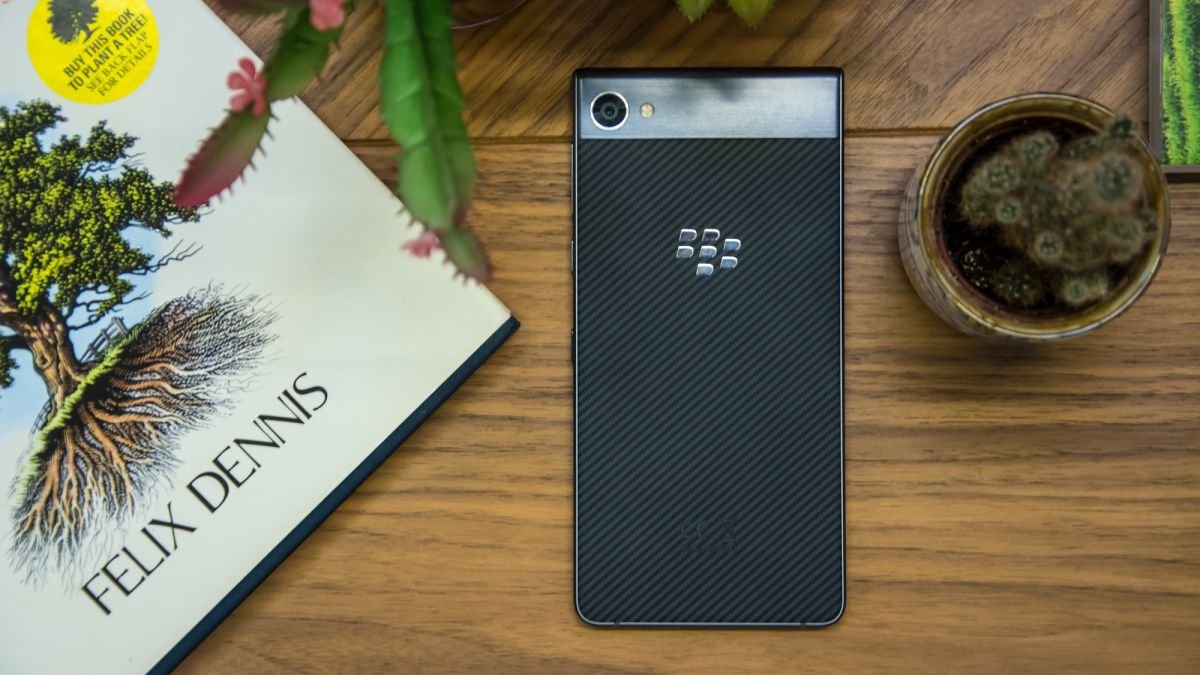
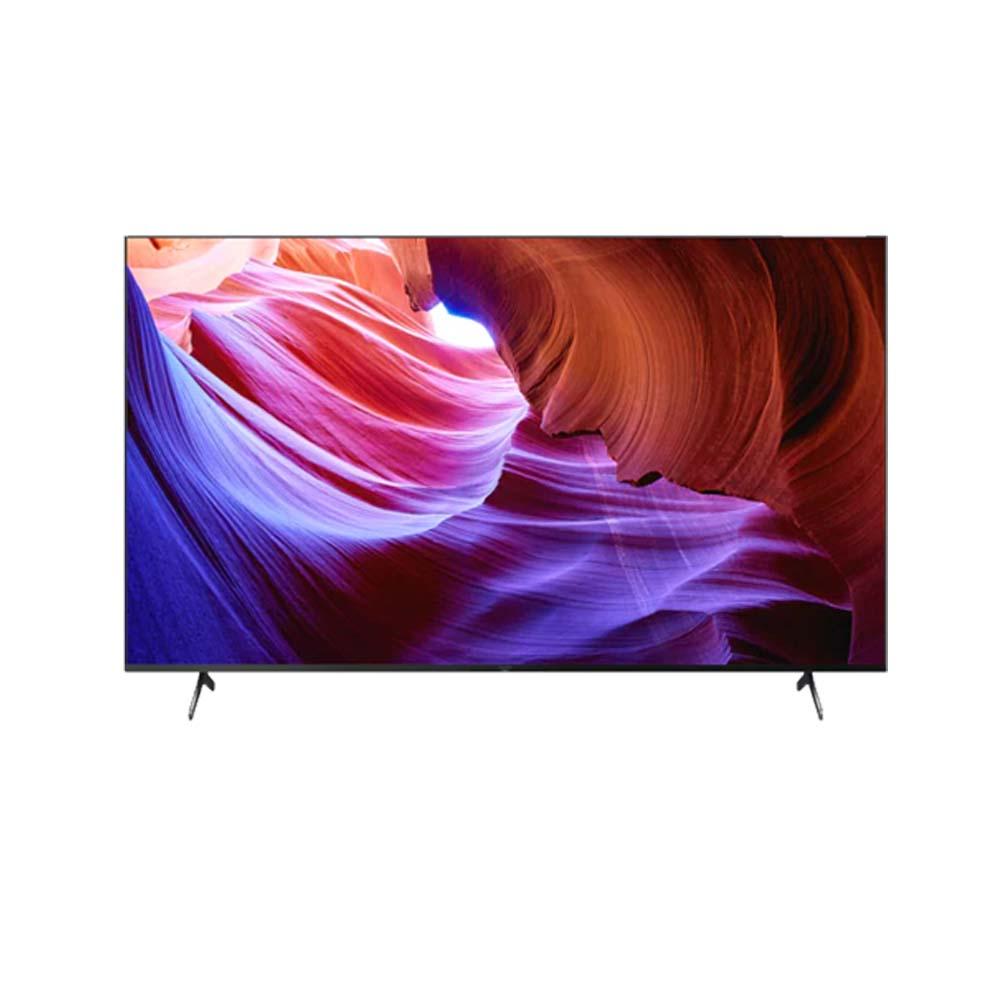
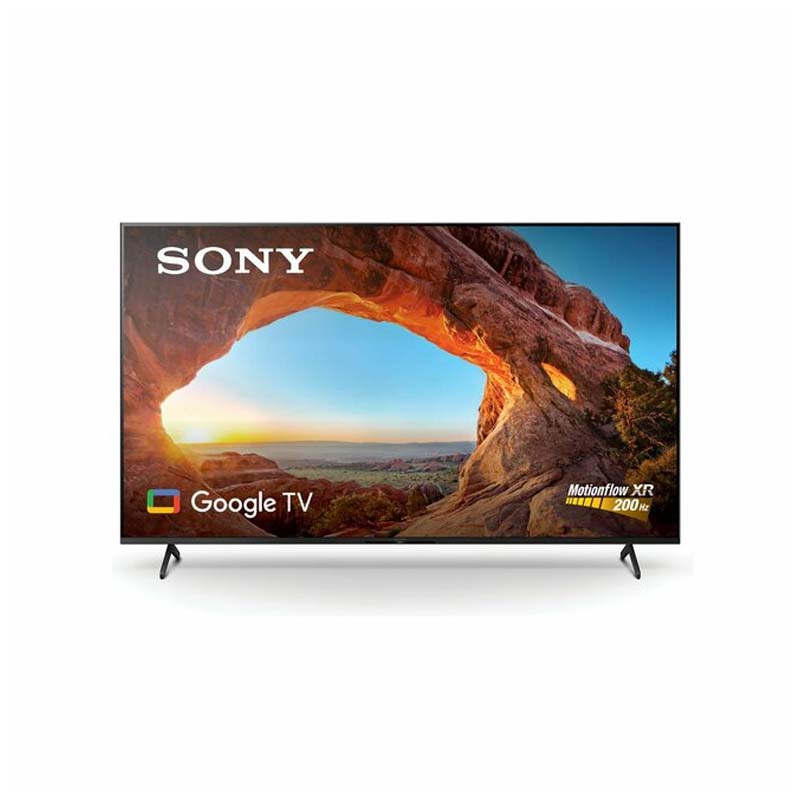

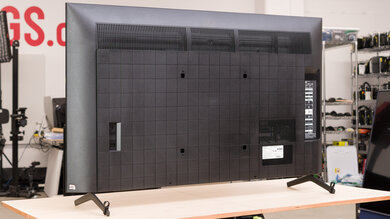


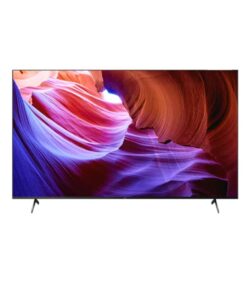
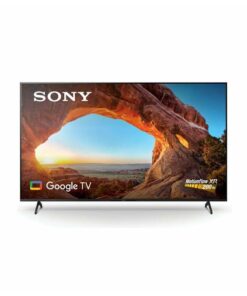


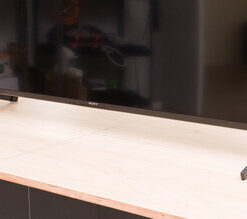

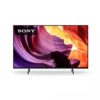
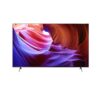

















































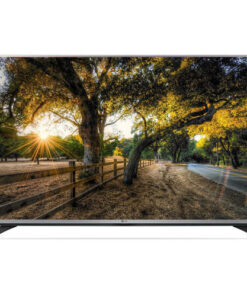
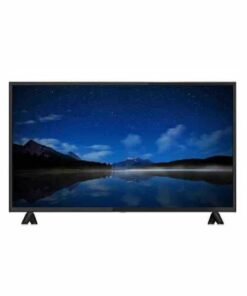
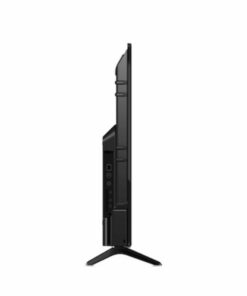

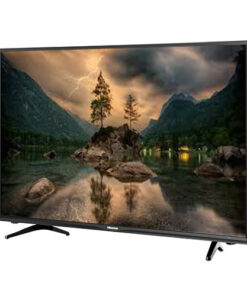

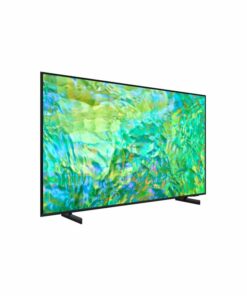
Reviews
There are no reviews yet.